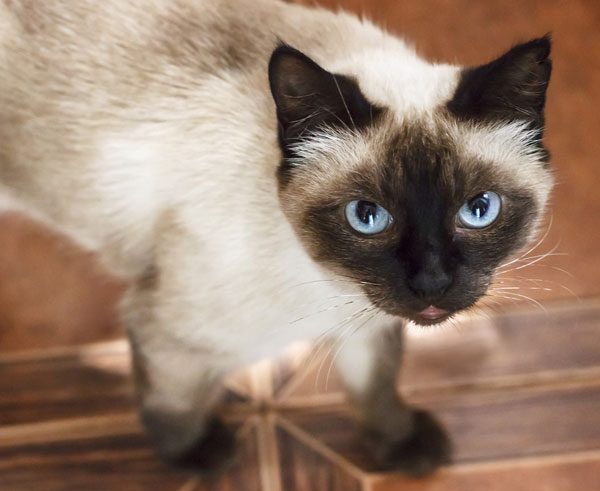Longview Pet Sitting – This article was originally published 7/27/2016.
As reported in Consumer Affairs, this month’s Journal of Feline Medicine and Surgery reported on a new study titled “Evaluating Aging in Cats” that found cats are living healthier and longer lives. Through intensive studies of today’s cat, researchers discovered diet and healthcare improvements have extended the life expectancy of the average housecat. Researchers estimate that more than 20% of cats today were at least 11 years old in 2011. Today the average pet cat is living into their late teens or early 20’s. In human years this is the equivalent of between 85 and 101 years old.
Although it is apparent that cats are living longer lives today, defining what a healthy senior cat looks like is not so apparent. Not much is known about what healthy aging looks like in cats today as evidenced by existing research which has tried to categorize traits of normal aging as opposed to signs of disease. According to the research team from the Journal of Feline Medicine and Surgery, “An appreciation of normal aging in cats is critical from both a clinical and research perspective. In this regard, it is imperative to be able to distinguish between what would be considered ‘normal for age’ [versus] unhealthy aging changes.”
Some signs of normal aging (physical symptoms that don’t affect the cat’s quality of life and are considered normal) include a decline in grooming behavior, a slightly thinned coat and weight loss. While signs of musculoskeletal problems like trouble jumping or moving and signs of respiratory problems like wheezing or trouble breathing normally could possibly indicate disease.
The Journal of Feline Medicine and Surgery researchers acknowledged that although the report was intended as an informative guide for veterinarians, there is more to be learned about aging cats. “Although we provide a thorough review of the current knowledge, it is clear that there is a great need for better understanding in this area.”


